Fundraising request letter template
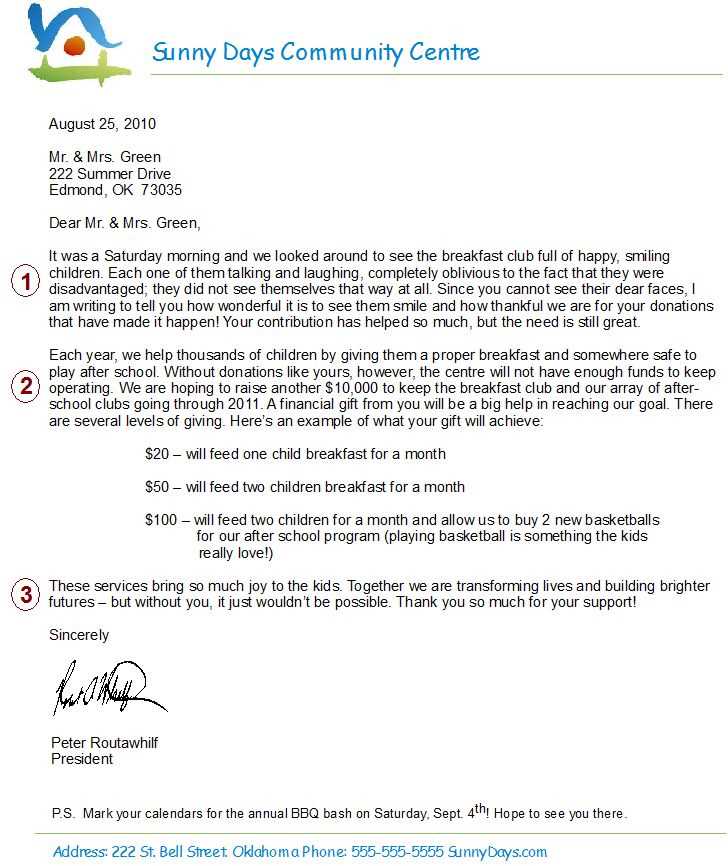
If you’re seeking donations for a cause, a fundraising request letter can make a strong impression. To craft an effective letter, you need to be clear, concise, and persuasive. Start with a direct approach–introduce your cause, explain why it’s important, and outline the specific way the donation will be used. Make it easy for the recipient to understand how their contribution will have an impact.
A key element of a successful letter is a personal touch. Address the reader by name if possible, and connect the request to something meaningful to them. Whether it’s a community project or a global initiative, showing the value of their support can create a deeper sense of engagement. Keep the tone warm and genuine while maintaining professionalism.
Be specific about the amount you’re seeking and how it will help. Transparency builds trust. If you’re requesting a particular sum, explain how it will be used to achieve clear goals. If you’re open to any contribution, emphasize that every bit helps, and express gratitude for any form of support. Close with a call to action, inviting the reader to take the next step, whether that’s donating or reaching out for more details.
Remember to thank them in advance for considering your request, and provide clear contact information for follow-up. This simple but thoughtful approach can greatly increase the chances of securing the funds you need for your project.
Fundraising Request Letter Template
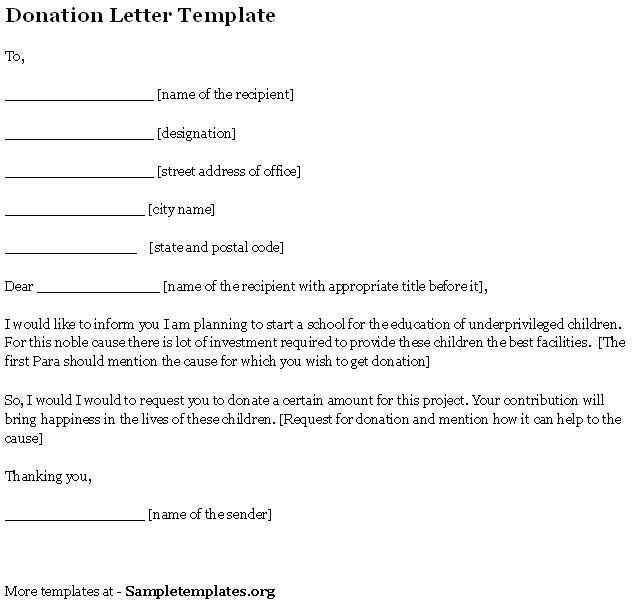
Write a clear and concise fundraising request letter that directly communicates the purpose of your cause. Begin with a personalized greeting and introduce yourself or your organization. Address the specific need for funding and provide details about how the money will be used. Make sure the reader understands the impact their donation will have.
Key Elements to Include
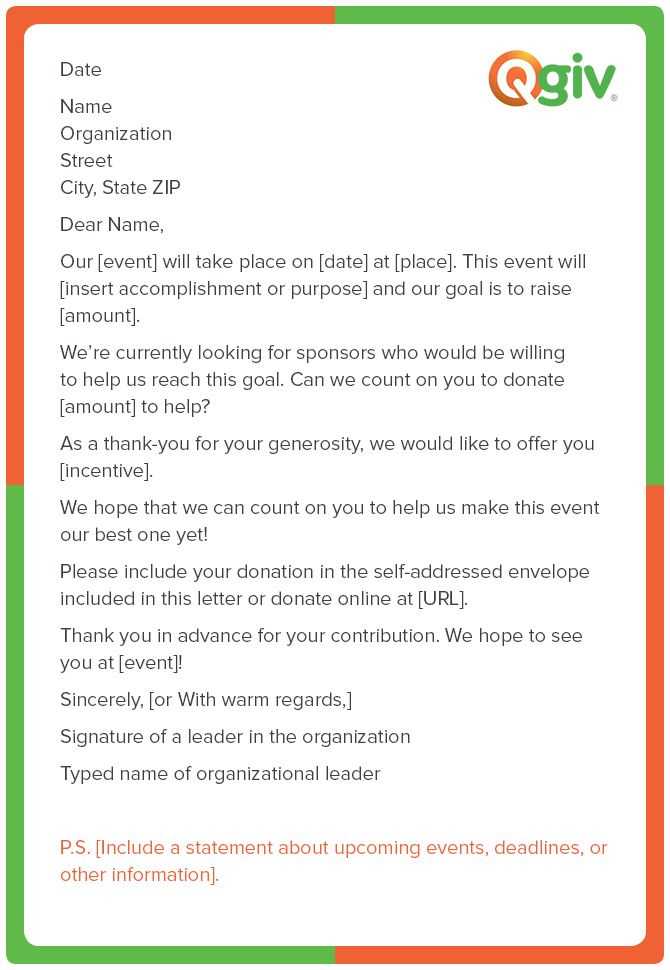
Start by clearly stating the amount you need or the specific goal you’re trying to achieve. Be transparent about why you are reaching out for support. Mention any relevant background information, such as past successes or the current state of the project. Highlight any upcoming events or milestones that demonstrate your progress.
Use emotionally appealing language to connect with the reader. Describe the difference their contribution will make and how it aligns with their values. This creates a sense of shared purpose and encourages a personal connection with the cause.
Closing with a Strong Call to Action
End the letter with a clear and specific request, such as a call to donate or attend an event. Provide easy ways for the reader to contribute, whether it be through online platforms, checks, or other methods. Add a sense of urgency or a deadline if applicable to prompt immediate action.
Don’t forget to thank the reader for their time and consideration. Show your appreciation in advance, regardless of whether they choose to donate. A polite and positive tone will leave a lasting impression.
How to Start Your Fundraising Request Letter
Begin your letter with a clear and direct purpose statement. Introduce yourself or your organization briefly, and immediately explain the cause you are supporting. Be specific about the goal you hope to achieve with the funds you are requesting. This helps the reader understand the importance of your request right away.
Make the opening personal and engaging. Mention any past connection with the reader or explain how their support can make a meaningful impact. Appeal to their values or interests by showing how their contribution will directly benefit the cause.
Use an approachable yet respectful tone, ensuring that the reader feels invited to participate. Avoid long-winded explanations; keep the message focused on why the cause matters and how their support will help make a difference. The opening should create a sense of urgency and purpose, motivating the reader to continue reading the letter.
Crafting a Compelling Appeal for Donations
Use clear, direct language that conveys the urgency and purpose behind your request. Highlight the specific impact a donation will make and how it will help achieve your goal. Show donors exactly what their contribution will support–whether it’s providing resources, supporting a project, or helping individuals in need.
Be Personal and Authentic
Connect with your donors by telling a genuine story. Share real-life examples or testimonials from people who have benefited from your cause. This personal touch not only draws attention but also makes your cause relatable and tangible.
Make Your Request Clear and Specific
Don’t leave room for uncertainty. Specify exactly how much money is needed and what it will be used for. For example:
- “A $50 donation provides a week’s worth of meals for a family in need.”
- “Your $100 contribution will fund supplies for 10 students in our after-school program.”
By giving donors a concrete idea of their impact, you increase the chances of them feeling confident in their decision to give.
Show the Immediate Need
Time-sensitive requests can often motivate action. If the donation is meant to meet a deadline, such as funding a project or responding to an emergency, make this clear. A sense of urgency can inspire potential donors to act quickly.
End with a Strong Call to Action
Finish your letter by guiding the reader on how they can contribute. Make it easy for them to donate by including links, instructions, or a contact number. Clear steps remove barriers and encourage action right away.
Providing Clear Details About Your Cause and Needs
Be specific and transparent about the purpose of your fundraising. Donors are more likely to respond positively when they fully understand how their contribution will make an impact.
- State the exact goals of your campaign. Are you raising funds for medical bills, community support, or a new initiative? Providing a clear goal helps donors see the direct outcome of their support.
- Describe the scope of the need. For example, explain how much money is required and what it will cover, such as equipment, materials, or services.
- Break down your budget. Show the breakdown of your financial needs, so potential donors can understand exactly how their contributions will be allocated.
- Include timelines for your campaign. Let people know how long you plan to raise funds and when you expect to use the funds.
- Highlight any matching gifts or partnerships. If applicable, mention if donations will be doubled or if there is a corporate sponsor involved, giving donors a chance to maximize their impact.
Clarity about the need for funds strengthens trust and motivates people to act, knowing exactly what their money will help accomplish. Be honest and avoid exaggeration; transparency builds long-term relationships with your supporters.
Personalizing Your Letter to Build Strong Connections
Tailor your fundraising letter to the recipient’s interests and relationship with your cause. Begin by addressing them by name and mentioning any previous interactions, if applicable. This shows you recognize their support or potential involvement and creates a personal bond.
Share a specific story or example that connects directly to their values or passions. Whether it’s a success story or an urgent need, align it with their experiences to make the cause feel more relevant to them.
Highlight their potential impact. Let them know how their contribution–no matter the size–can help bring about a meaningful change. People like to see how their actions can lead to tangible results, so focus on measurable outcomes that reflect the direct benefit of their support.
Adjust the tone based on your familiarity with the recipient. For a more formal tone, use polite and respectful language. For a closer relationship, feel free to be more conversational and warm, ensuring the letter feels genuine and authentic.
| Personalization Strategy | Example |
|---|---|
| Address by Name | Dear [Name], |
| Reference Previous Support | Thank you for your continued support of [Cause]. |
| Share a Story or Connection | Last year, your donation helped [Specific Outcome] in our community. |
| Express Impact | Your donation of $50 will help provide [Specific Outcome]. |
Keep the letter focused and avoid generic phrases. Every sentence should serve the purpose of strengthening the connection and motivating action.
Setting a Specific Donation Goal and Deadline
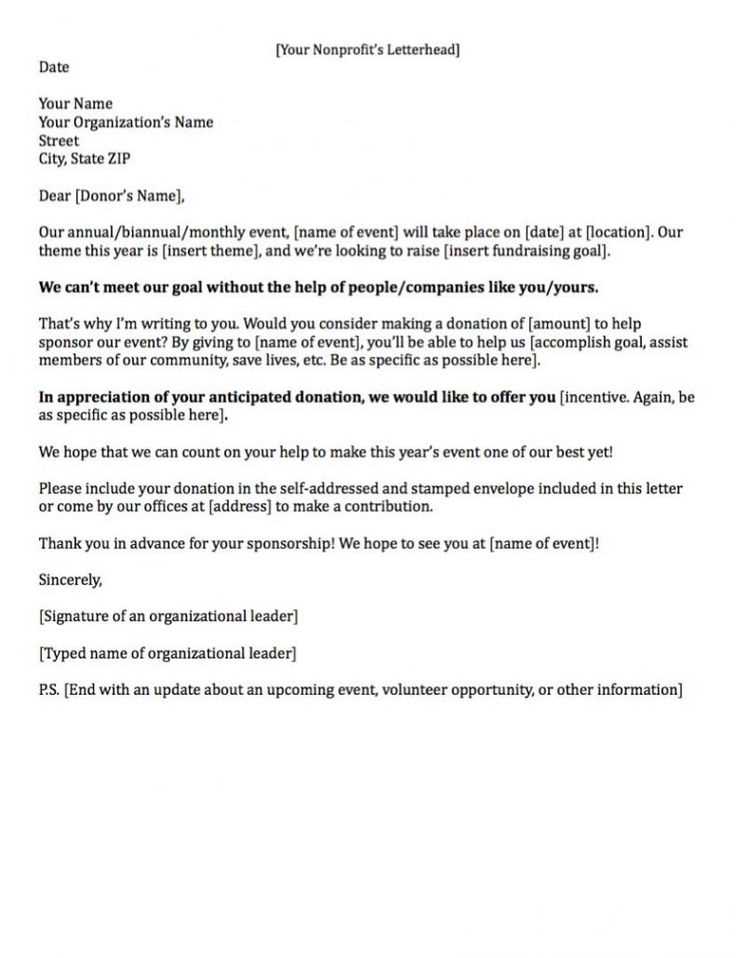
Define a clear fundraising target that outlines the exact amount needed. This helps donors understand the financial goal and feel connected to the cause. Make the target realistic and achievable based on previous campaigns or research about similar efforts.
Set a precise deadline for when the donations should be received. A time frame creates urgency and encourages donors to act quickly. Aim for a deadline that provides enough time to reach the goal but also adds a sense of importance to the donation process.
Communicate both the goal and the deadline clearly in your fundraising request letter. Remind potential donors of the impact their contributions will make, especially as the deadline approaches. Include regular updates to show how close you are to reaching your target, which can motivate further support.
Closing Your Fundraising Request with Gratitude and Call to Action
Conclude your fundraising request by showing sincere appreciation for the reader’s time and consideration. Acknowledge the potential donor’s impact and importance in supporting your cause. Keep your tone warm, respectful, and clear.
Express Gratitude
Thank the reader for taking the time to read your letter. Acknowledge their support and highlight how it will contribute to your mission. For example: “Your generosity can make a meaningful difference, and we are deeply grateful for your consideration.”
Provide a Clear Call to Action
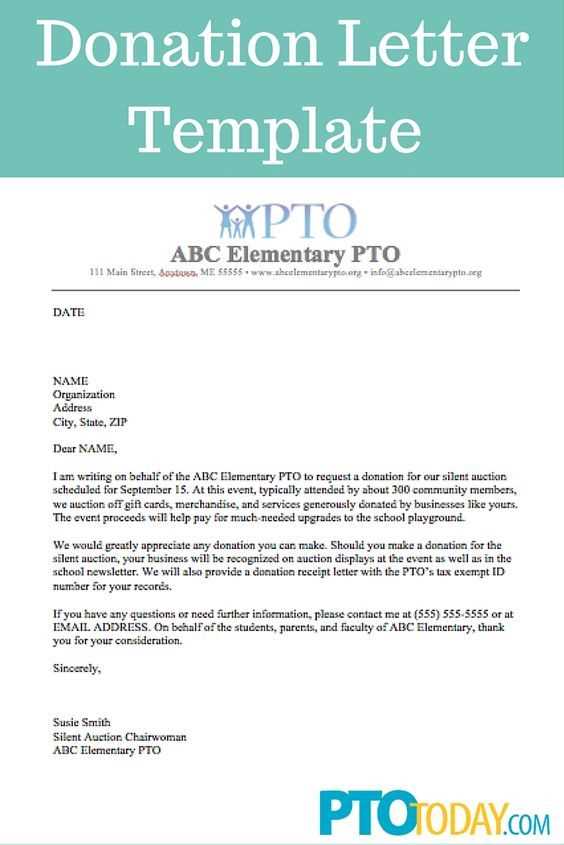
Prompt the reader to take specific action, whether it’s making a donation, getting in touch for further details, or attending an event. Be straightforward and clear. For instance: “Please visit our website or contact us directly to learn how you can help today.”
Make it easy for them to act immediately by including clear instructions and multiple ways to contribute. Ensure that the process feels simple and rewarding, so the donor knows how they can make a tangible difference.